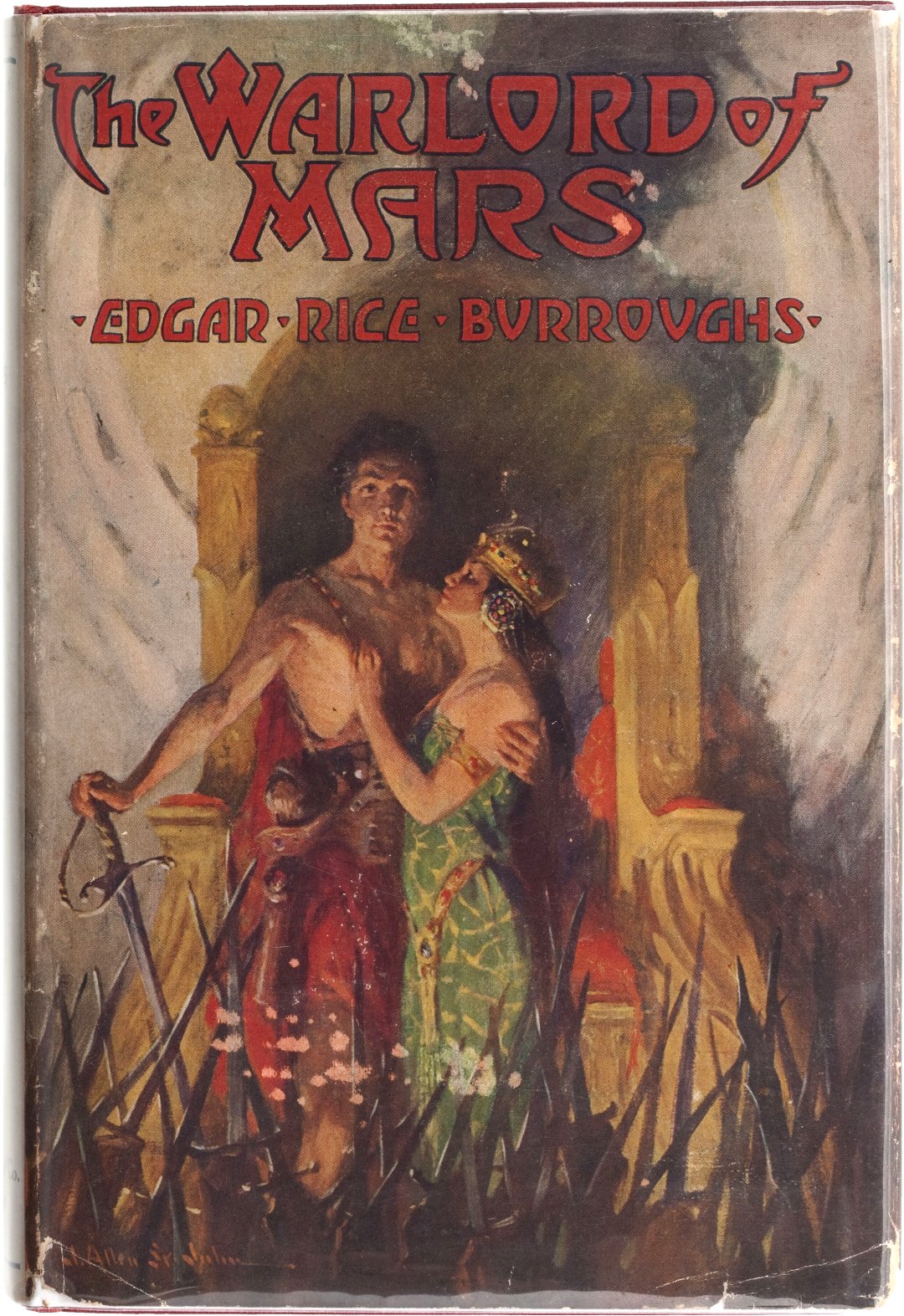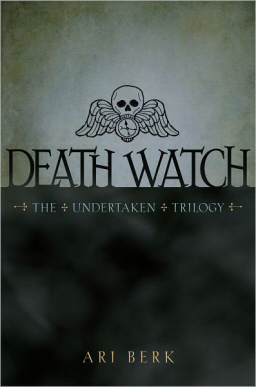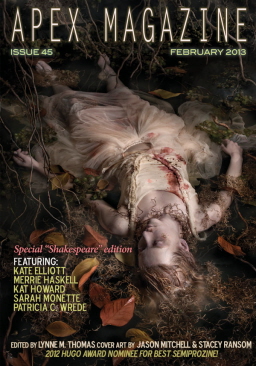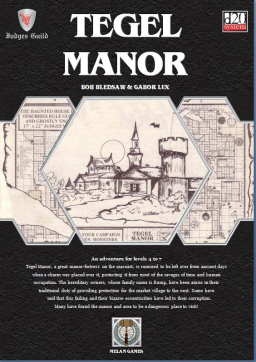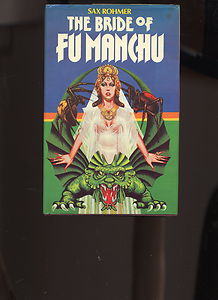Art of the Genre: The Weight of Print
 When I was a kid, I loved where I lived. Honestly, I had a great childhood, raised along a tranquil riverbank in a peaceful little town in northwest Indiana. I had no siblings to distract me from my internal reverie, was cared for by a loving mother who chose me over all else, and had friends fostered from Kindergarten all the way to High School Graduation.
When I was a kid, I loved where I lived. Honestly, I had a great childhood, raised along a tranquil riverbank in a peaceful little town in northwest Indiana. I had no siblings to distract me from my internal reverie, was cared for by a loving mother who chose me over all else, and had friends fostered from Kindergarten all the way to High School Graduation.
I would sit and wonder about all the kids in my class that would rage and swear at our small town, and ‘how they were going to get out as soon as they could’. To me, I could think of no place I’d rather be.
However, upon graduation I moved to southern Indiana to go to university, and by my sophomore year had met my wife. She, unlike me, had a turbulent childhood with dozens of moves and no lifelong friends or a place that she identified as ‘home’. As is the case with most single children who become involved with people who have many siblings and large families, I was pressed to follow her family and so began a journey that has taken me all over the U.S. in the intervening years.
Yes, the kid who never wanted to leave his town has lived in half a dozen states and moved more times than I’d like to remember, which is to say pretty much every three years for two decades.
Why do I bring this up, you might be asking yourself? Well, I bring it up because of my books, most specifically my RPG books. If you have ever had to move, you know the burden each piece of your life [bed, couch, clothes, kitchen supplies, etc.] places on you as you try to pack it, protect it, and hump it into trucks, cars, up steps, down steps, and across countless miles.
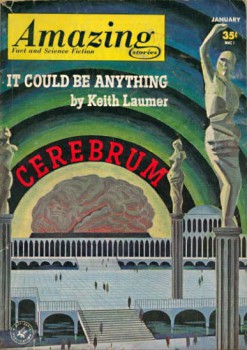
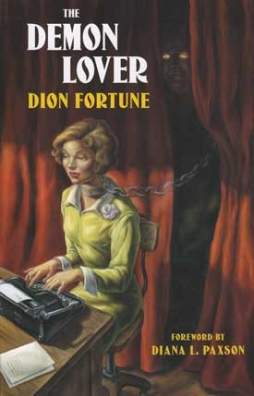 When I
When I 
